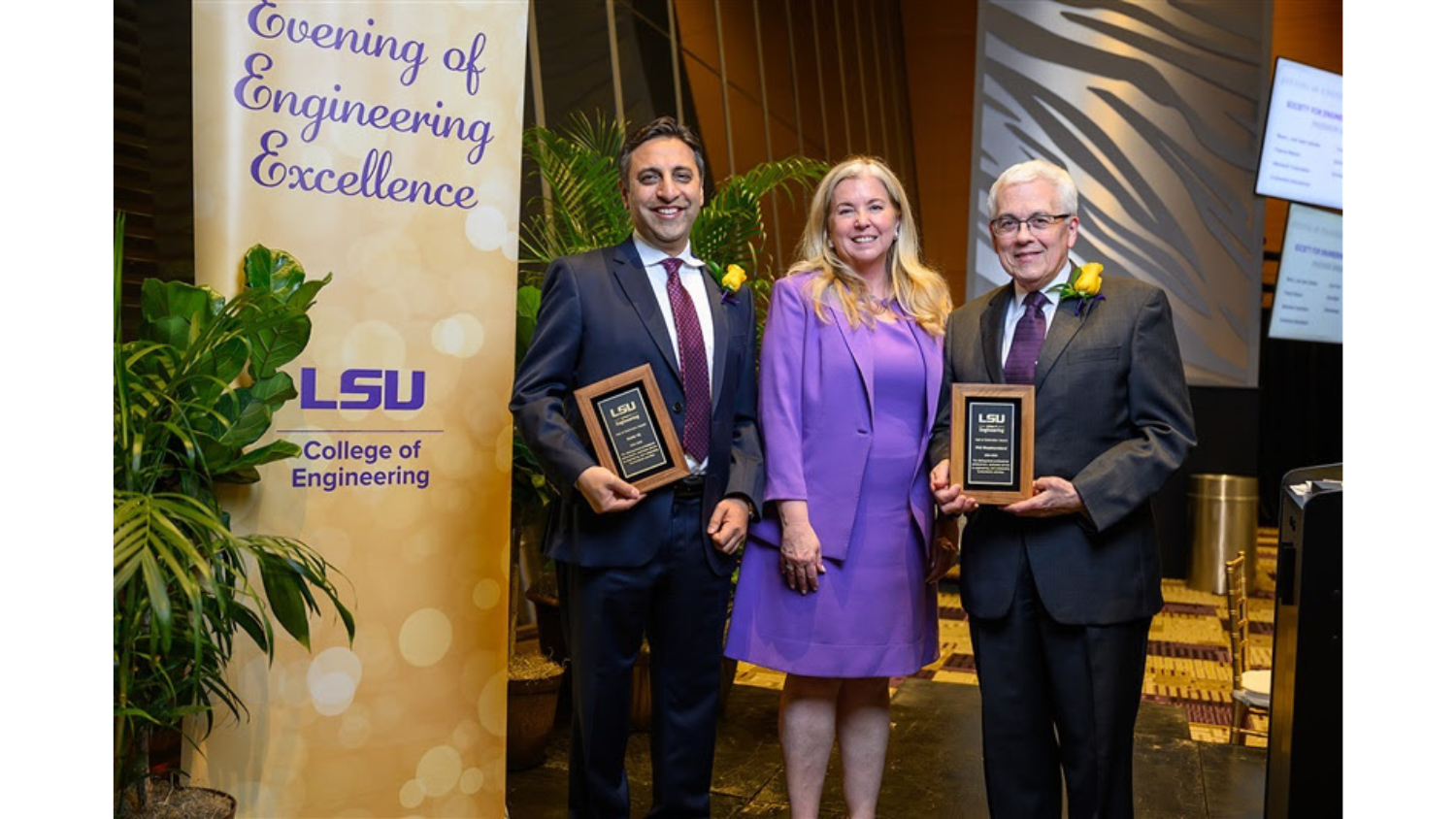Precision sensors: an innovative future for agriculture

This is an excerpt from an article written by H’Rina DeTroy in University Communications.
At the North Carolina Plant Sciences Initiative (N.C. PSI), NC State researchers are advancing sensor technology to help farmers face challenges like emerging plant diseases and climate change.
Associate professor of chemical and biomolecular engineering and Alcoa Scholar Qingshan Wei is an excellent case in point. He is a faculty member in NC State’s Emerging Plant Disease and Global Food Security cluster and the leader of the interdisciplinary N.C. PSI WolfSens research team …
In the summer of 2022, growers in North Carolina were alarmed to find a new variant of the Tomato Spotted Wilt Virus (TSWV). Transmitted by insects called thrips and resistant to existing treatments, TSWV is difficult to eliminate and can ruin an entire crop. With one of the widest ranges among plant diseases, it also infects peppers, tobacco, potatoes, eggplants, squashes, lettuce, onions, spinach and herbs like peppermint.
Diseases caused by pathogens like TSWV are only one of many challenges today’s farmers face as they navigate an industry with little room for error. Crops require time and ideal conditions to reach their peak for harvest. Finding an infection of TSWV too late is expensive, risking growers not only their entire crops but also the cost of resources and labor they’ve invested. Recouping costs even by next year’s harvest can be difficult.
The mission of the WolfSens team is to advance plant-compliant sensors for agriculture. These smart sensors can detect diseases before visible signs appear, measure plant health more accurately and alert for harmful crop conditions — saving growers time and costly resources. Using smart technology to conserve resources is fundamental to N.C. PSI’s broader strategy and vision for an agricultural future that is resilient and sustainable.
Sensor Tech: Engineering for Plant Science

WolfSens has developed two wearable-patch sensors that can help growers facing challenges such as the blight-like effects of TSWV and similar pathogens. The patches have sensors that monitor temperature, environmental humidity, and volatile organic compounds being ‘exhaled’ by a plant’s leaves.
“The earlier growers can identify plant diseases or fungal infections, the better able they will be to limit the spread of the disease and preserve their crop,” says Prof. Wei.
An ode to NC State’s mascot, WolfSens is also shorthand for “Wearable Olfactory Sensing.” These two advanced sensors can alert growers to the presence of disease by detecting — or ‘sniffing’ — the gasses plants naturally emit called volatile organic compounds, or VOCs. Farmers can determine which disease a plant has by measuring the type and concentration of VOCs the plant releases.

Wei and the WolfSens research team built a wearable electronic patch that provides continuous, real-time detection of a plant’s health. When attached to the underside of a leaf, the patches can detect the VOCs of viral and fungal infections. The patches can also alert growers of other stresses, such as overwatering, drought conditions, lack of light or high salt concentrations in irrigation water.
During tests, WolfSens researchers found the patch detected a viral infection in tomatoes more than a week before any symptoms of TSWV became visible.
The WolfSens team also created a portable sensor that uses a colorimetric strip of paper that measures VOCs and changes color depending on the presence of disease. The sensor utilizes a handheld device plugged into a smartphone, making it a convenient option for use in the field and greenhouses alike.
In proof-of-concept testing, the portable sensor detected and distinguished tomato late blight from two other important fungal pathogens that produce similar symptoms. In addition, the researchers showed they could detect the pathogen Phytophthora infestans in tomato leaves with greater than 95% accuracy.

Historically, testing plants for disease has been an invasive procedure that requires destroying crop tissues to get a sample. This process often requires hours or days in a lab, delaying disease identification by days or weeks.
Both sensors offer rapid responsiveness — providing farmers with the information they need to intervene quickly.
The WolfSens team created these two sensors to work together. The current versions of the patch and the portable strip sensor are designed for use in greenhouses with wireless internet access. Ultimately, WolfSens plans to develop the sensors to the point they could be used in outdoor fields, where farmers could apply them to a much wider variety of crops. Compared to the patch, the portable sensor — which works with any smartphone — could be priced lower and, therefore, even more attractive and accessible to farmers and growers of many different crops.
Additional articles about Prof. Wei’s research are available here:
Prof. Wei Leads Team Part of NSF Convergence Accelerator Grant
Multifunctional Patch Offers Early Detection of Plant Diseases, Other Crop Threats
- Categories:


